Wildfire Preparedness
Since Murdock Valley borders on a fynbos rich nature reserve, our properties and homes are relatively exposed to the hazard of wildfires.
Although the City of Cape Town is diligent about the annual clearing of the firebreak between the residential area and the mountain fynbos, we should all be aware the firebreak has limited efficacy in preventing the spread of bush fires, which often occur in high winds. A strong wind can readily spread burning embers far beyond the immediate path of the fire, sometimes hundreds of metres away. These embers are frequently the source of secondary fires in properties and homes some distance from the main fire front.
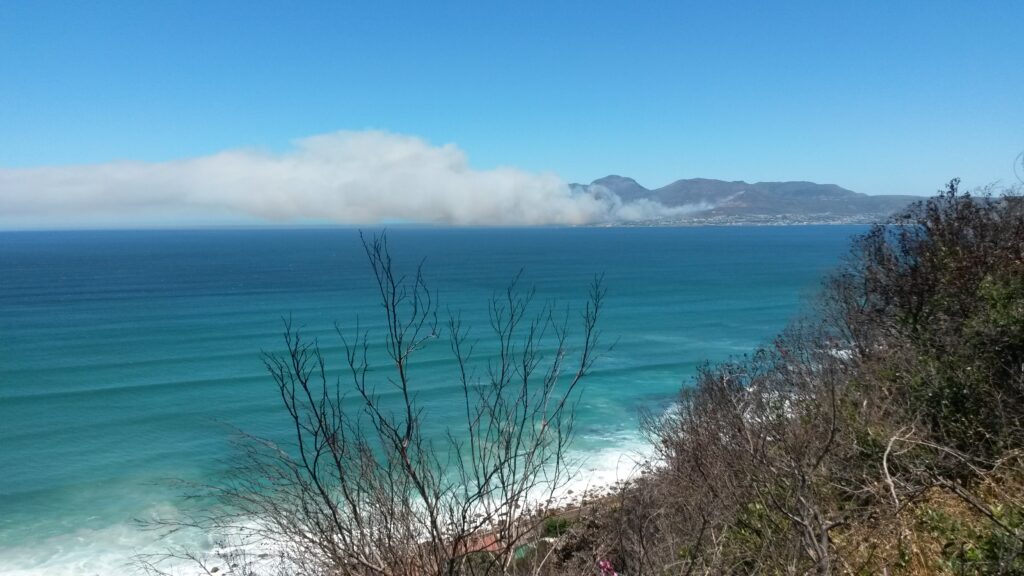
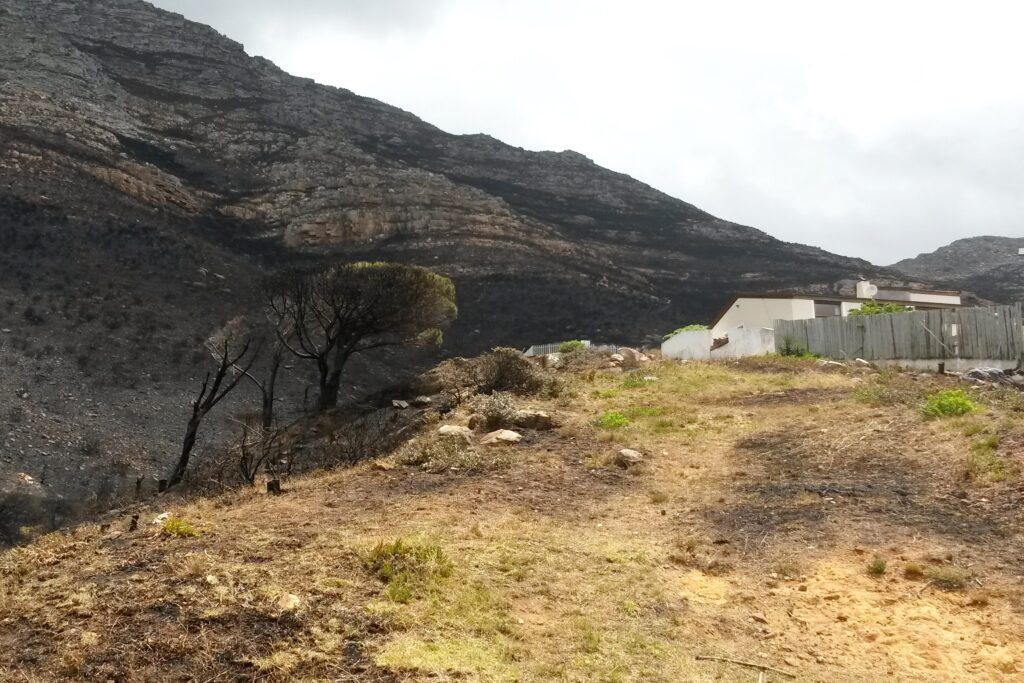
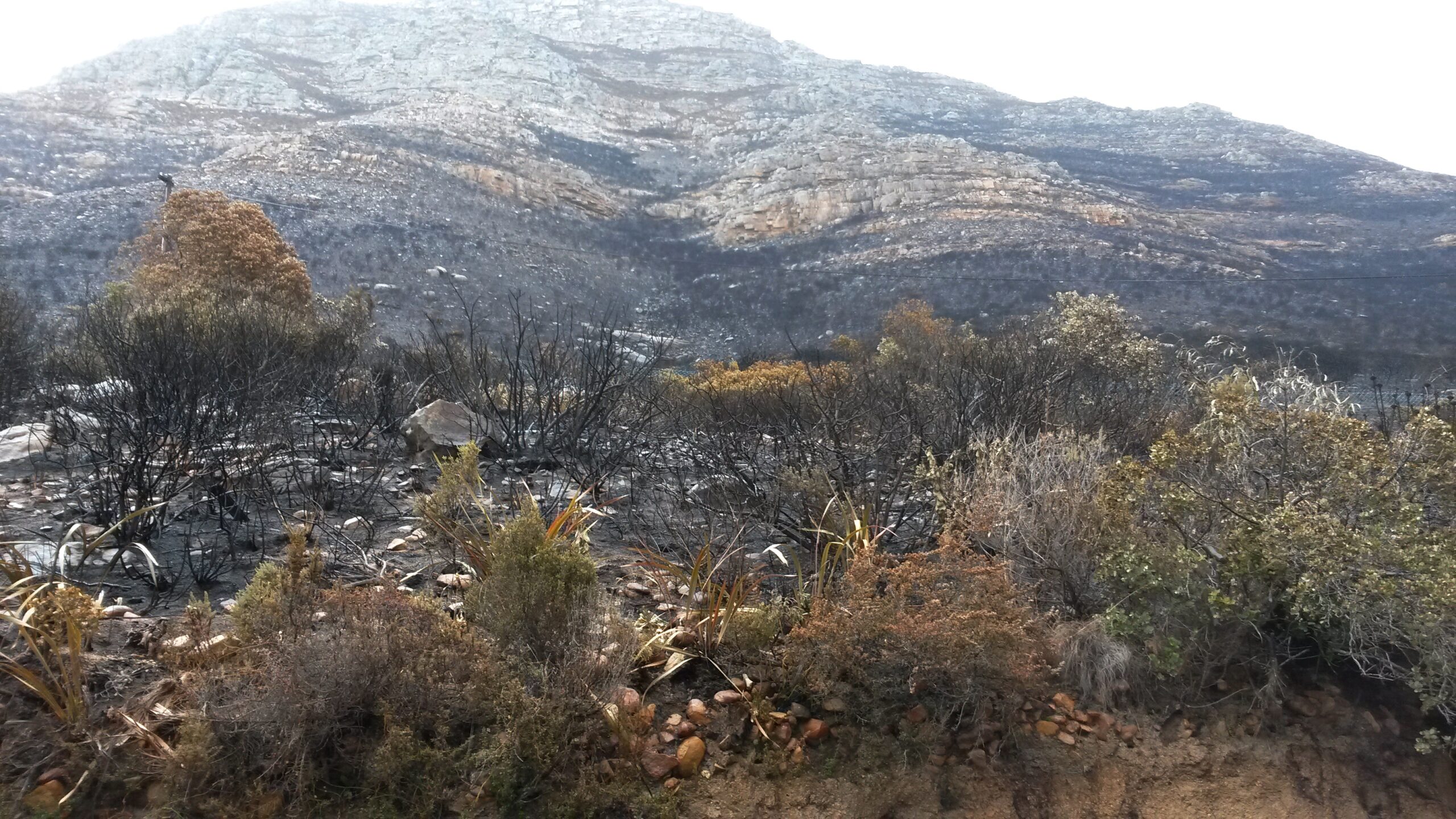
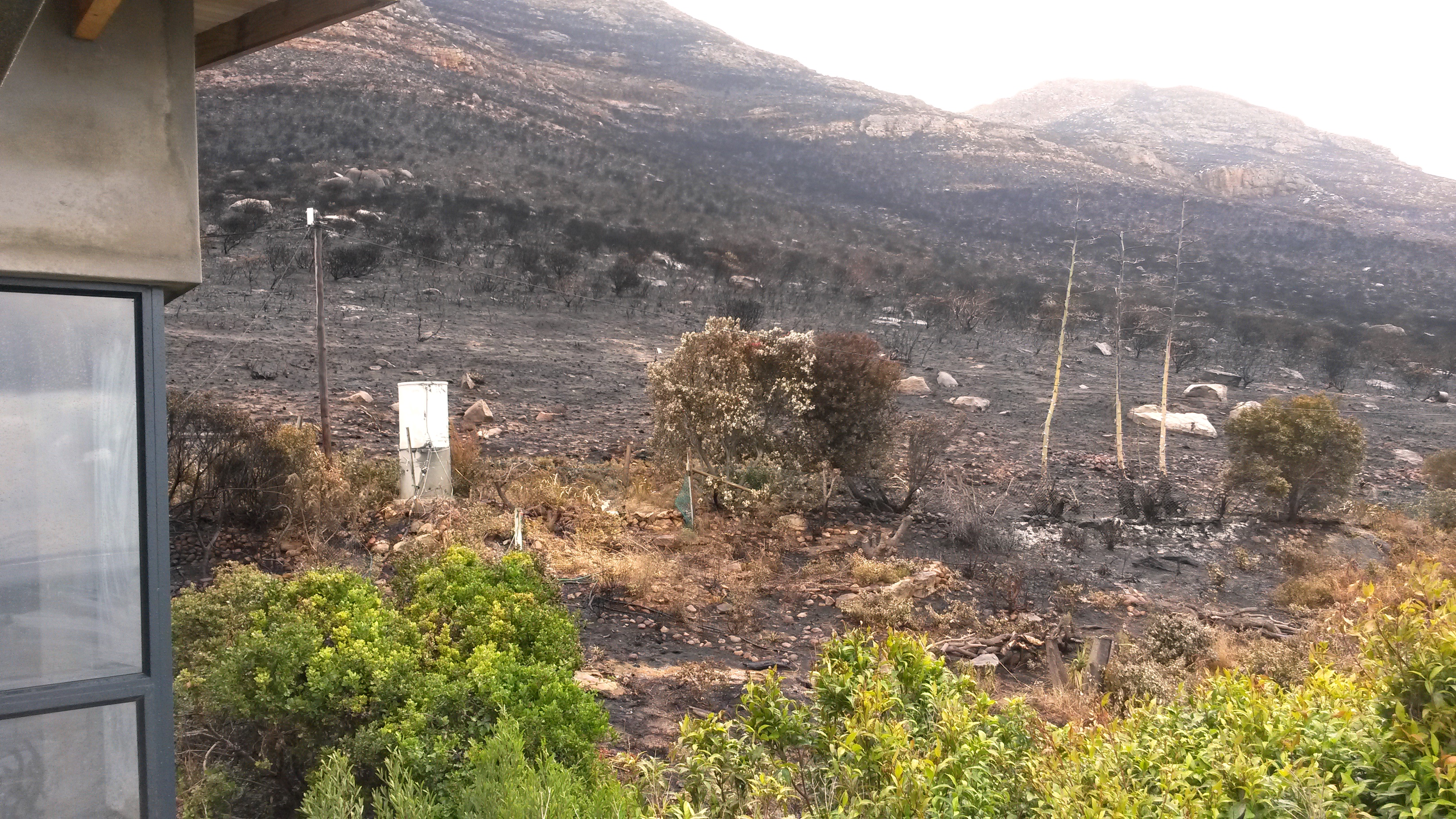
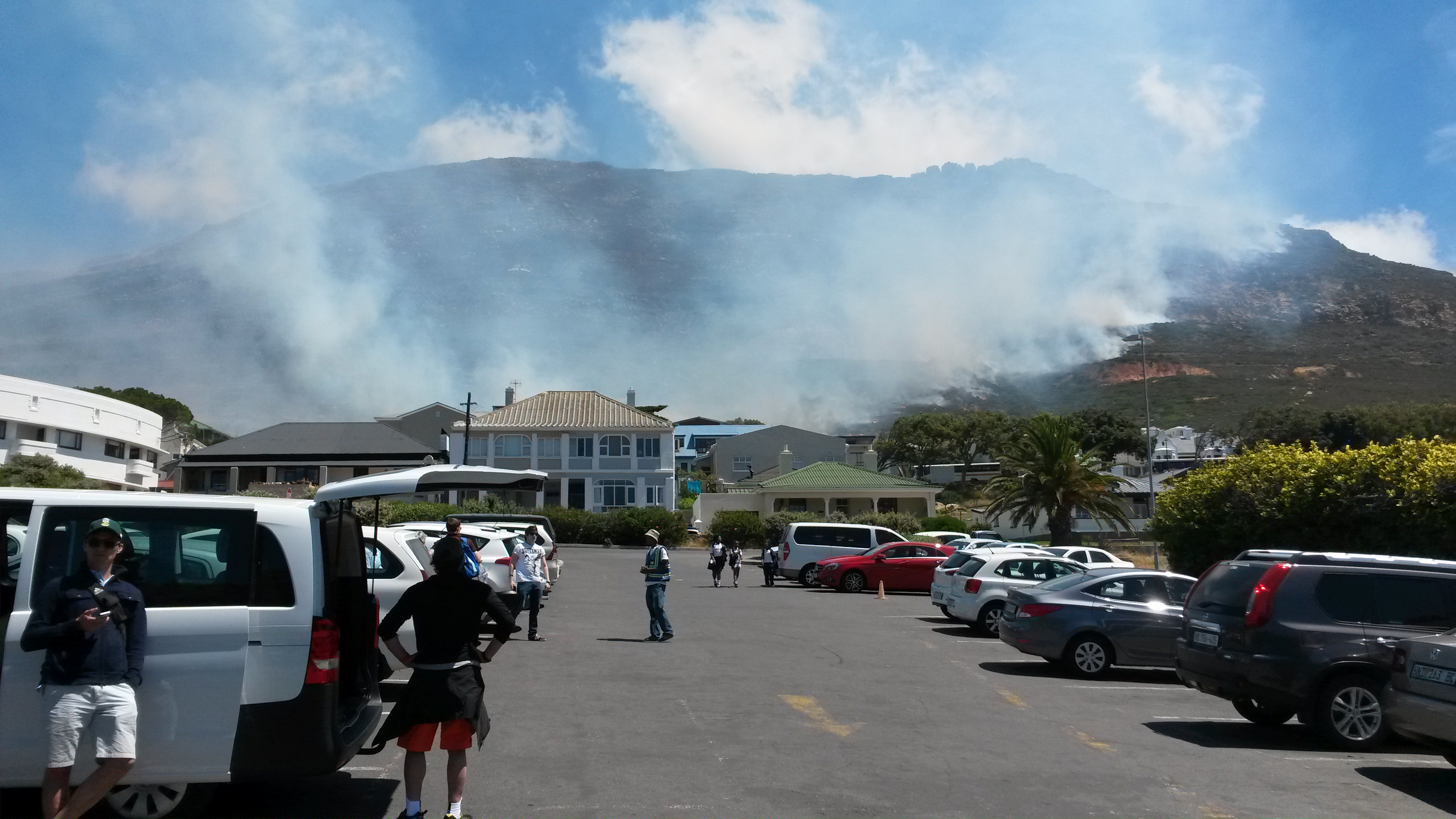
In order to reduce the risk of flying embers starting a fire on your property, consider taking the following precautions:-
- Don’t let dead vegetation or other flammable debris accumulate (such as leaf litter). These are not only traps for burning embers blown on the wind, but are also ideal fuel for starting another fire.
- Check gutters at the start of summer for leaf and debris accumulation. A fire in the gutter may quickly spread to roof trusses and wooden eaves.
- Cut back tree branches and shrubs that may be close up against the house and may act as “ladder fuel” if they catch alight, burning upwards to reach roof rafters etc.
- Avoid or remove trees that have high levels of resin or oils (such as pine trees, eucalyptus trees) as these burn at much greater temperature and intensity, yielding a fresh source of embers.
- If you wish to have plants close to your home, consider planting succulents. Some of these can have a fire retarding effect.
- Have a long hosepipe readily available that can be used to wet down vulnerable areas in case of an approaching fire, and to put out burning embers as they land. Remember that many other households may be doing the same at that time and so water pressure may be limited – it dwindled to nothing in the Nov 2015 fire. If you have any other source of water under pressure – such as pumps attached to a pool or rain water tanks – think how you would draw on this in emergency.
Do not wait until there is a fire to consider your preparedness. Fires can move extremely quickly and leave you reliant on only those measures you have already put in place.
In the event of an approaching wildfire
- If the fire and the smoke are not an immediate threat, and if you have time, use your hosepipe to wet any wooden decks, the eaves of your roof and any other areas that may be traps for embers. Remember to wet all the potential ember traps in your roof structure (dormer windows, skylights etc.) if possible.
- If you are staying put, watch carefully for any sign of smoke or fire on or close to your property –most likely caused by embers flying up to hundreds of metres away from the core wildfire. Douse with water or sand any source of fire, however small.
- Be prepared to evacuate …… even if the fire does not seem an immediate threat. Dense smoke from the wildfire can be so severe that it alone may necessitate evacuation. The smoke can travel very quickly and very far on the winds that drive the fire. The wind can change direction quickly as well, catching one unawares.
Evacuation Plan
The fire and emergency services may not have the capacity to call at households advising them to evacuate. You should be prepared to make that decision yourself. If uncertain, it is better to evacuate than be trapped later.
Have an evacuation plan for your household. Keep it simple!! Know who is responsible for custody of important documents, who is responsible for finding and keeping pets safe and ready for evacuation; also how you are going to assist elderly, less mobile or infirm people in your household. Know where your car keys are!
There may be some traffic congestion, with other residents also trying to get out of the area. Do not panic. You are relatively well protected in your vehicle and you can keep the smoke out of your vehicle by keeping the windows closed and the air vents closed, with the fan off.
Although there is no formal evacuation plan for Murdock Valley, it is recommended that residents evacuate to either the golf course or the common ground adjacent to Fisherman’s Beach.
Should you be fit and able, please consider that you may have neighbours less capable that would truly benefit from some assistance in such stressful circumstances.
Firefighting
Please note that firefighting is extremely dangerous – especially bushfires in high winds – and should be left to professionally trained fire fighters. Do not be tempted to venture onto the mountain.
However, if remaining in the neighbourhood we can assist in fighting small fires started and propagated by burning embers, on our own and neighbouring properties.. It should be emphasized, however, that the well-being of residents is a priority and nobody should try to fight fires beyond their ability.
For more Fynbos fire related information visit:

